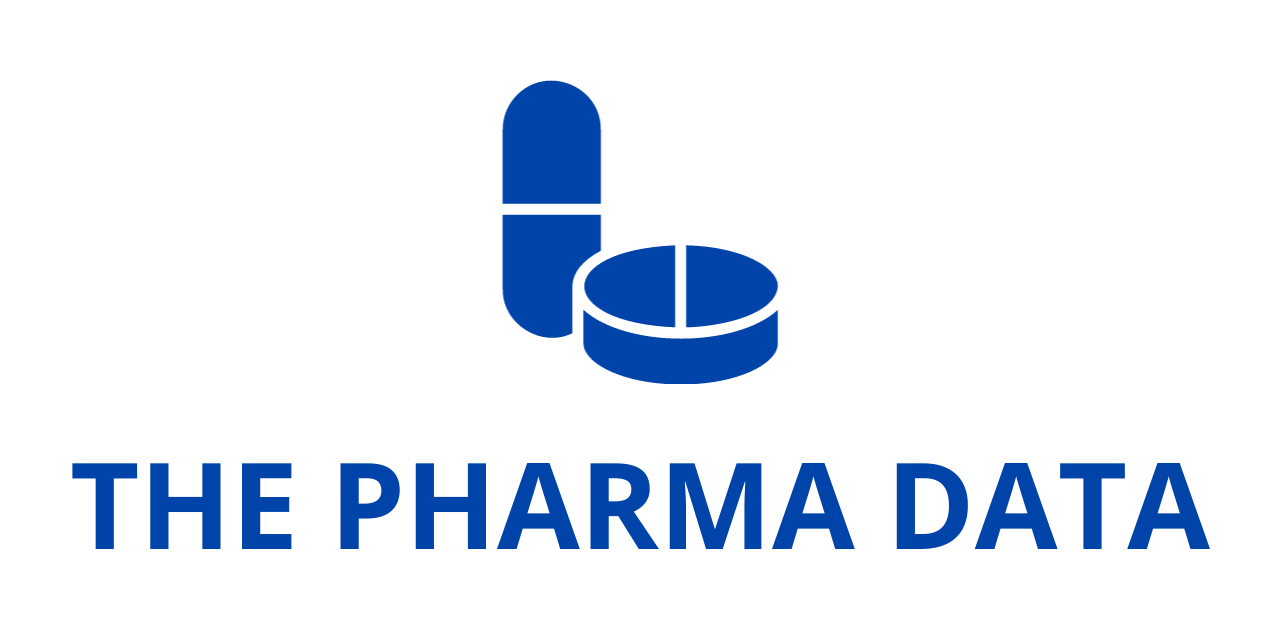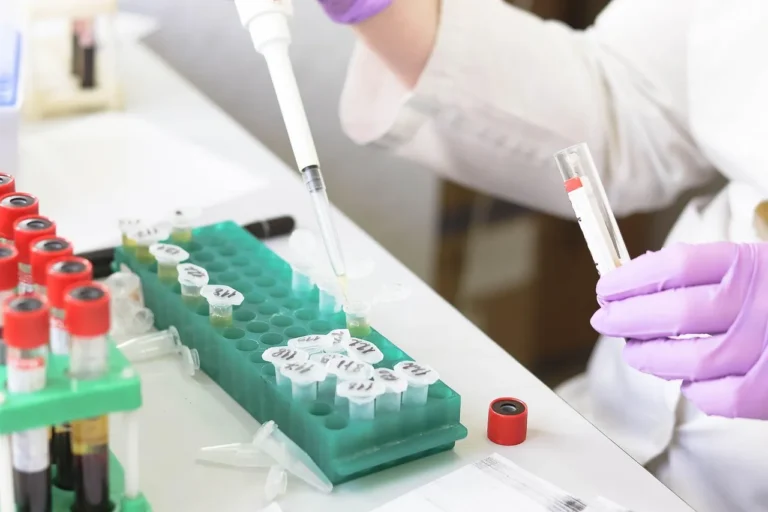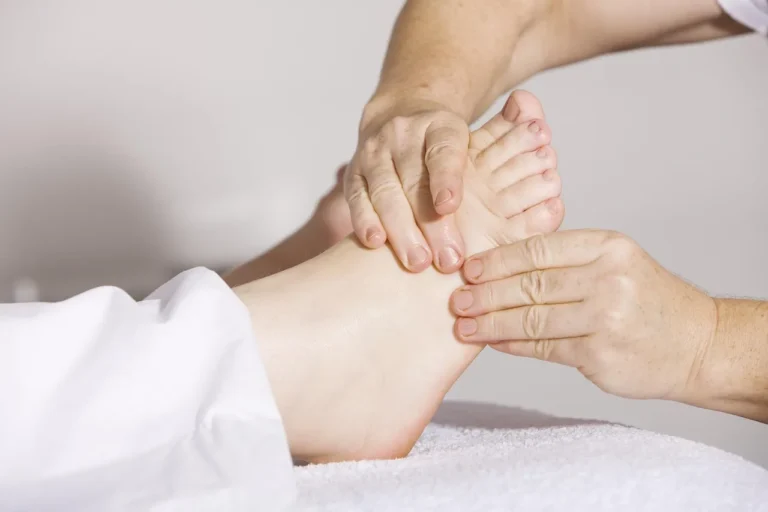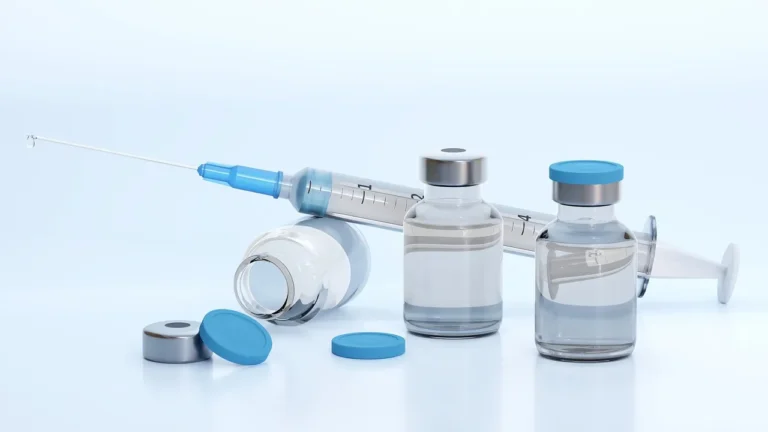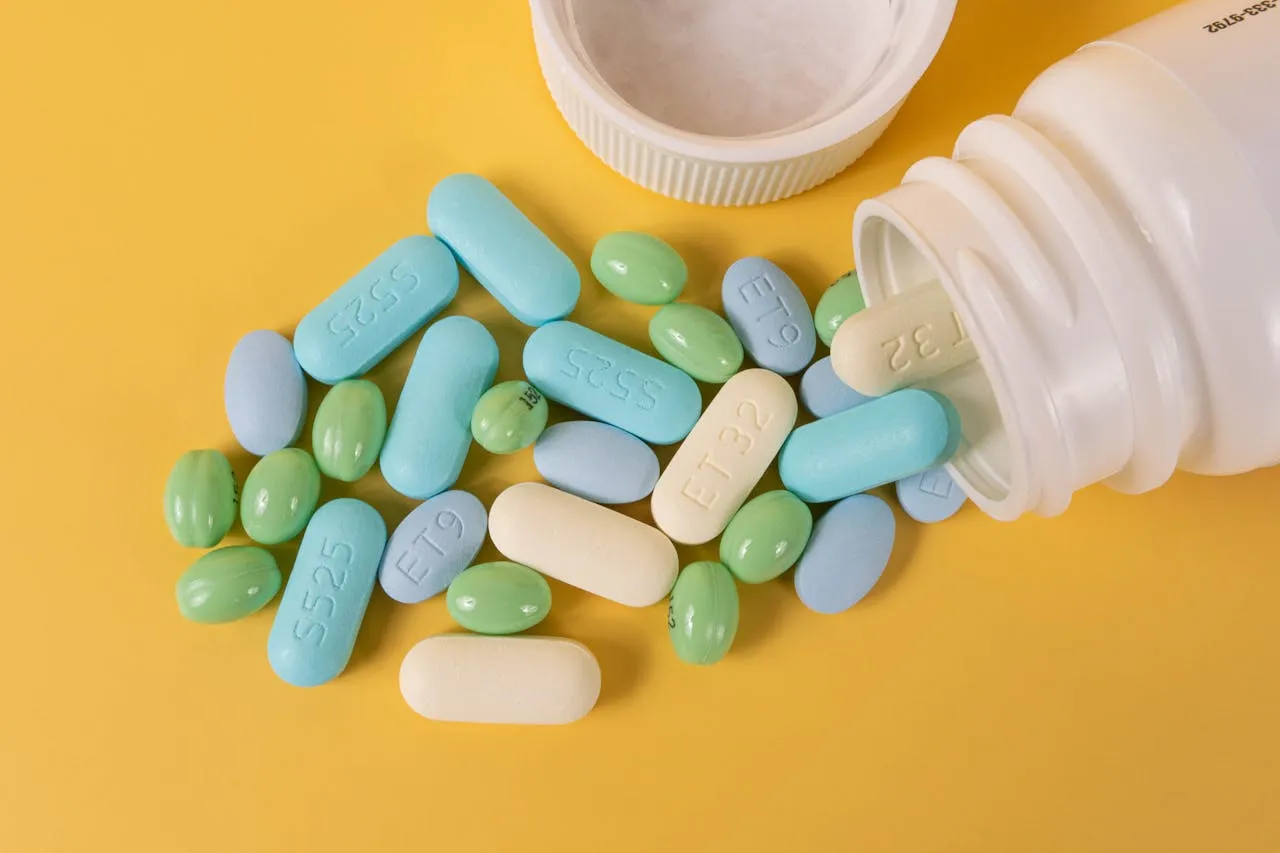
Purdue Pharma Expands Access to Low-Cost Opioid Use Disorder Treatment in U.S. Correctional Facilities
On the occasion of International Overdose Awareness Day, Purdue Pharma L.P. (“Purdue”) announced an expansion of its public health initiative to make medication-assisted treatment for opioid use disorder (OUD) more widely available to one of the most vulnerable and underserved populations in the United States: incarcerated individuals.
Through a strengthened partnership with MMCAP, a national cooperative group purchasing organization (GPO) operated by the State of Minnesota’s Office of State Procurement, Purdue will now provide buprenorphine and naloxone sublingual tablets CIII—the generic equivalent of Suboxone®—at the nominal price of one penny per tablet to correctional facilities across the country. The initiative underscores both the company’s acknowledgment of the devastating impact of the opioid crisis and its stated commitment to reducing barriers to evidence-based care.
Building on a 2024 Commitment
Purdue first announced its collaboration with MMCAP in May 2024, offering the one-penny-per-tablet program to government facilities providing healthcare services, including those in the criminal justice system. Under that arrangement, Purdue distributed two million tablets of the buprenorphine/naloxone combination, enabling correctional health programs to expand access to medication-assisted treatment (MAT).
Following the initial rollout, feedback from participating facilities indicated that the program had a tangible impact on patient care. With treatment often cost-prohibitive for state-run prison systems operating under tight budgets, the drastic price reduction allowed for new or expanded treatment protocols, enrollment of previously untreated individuals, and continuity of care during incarceration.
For 2025, Purdue has pledged to increase supply by 50 percent, making three million tablets available at the same symbolic price. This expansion comes at a critical moment as overdose deaths remain near record levels nationally, and correctional populations continue to be disproportionately affected.
Craig Landau, M.D., President and CEO of Purdue Pharma, emphasized the company’s intentions in a statement:
“With the support of MMCAP, we are committed to delivering MOUD to this patient population at a low cost to the correctional facilities. The program has proven to be successful in getting this important medication to incarcerated individuals, and we are glad to be able to provide additional doses for distribution to help even more people in need of treatment.”
Why Correctional Facilities?
Correctional systems across the United States house an estimated 1.8 million people at any given time. According to the Office of National Drug Control Policy (ONDCP), roughly 65 percent of these individuals meet the criteria for substance use disorder, with opioids being one of the most common substances of misuse.
Yet, historically, access to effective treatment in prison has been limited. Many facilities rely on abstinence-only approaches or minimal counseling services. The reasons for this gap are varied:
- Cost barriers—MOUD programs require sustained medication purchases, staffing, and oversight.
- Stigma and misconceptions—in some jurisdictions, MOUD is viewed as “replacing one drug with another.”
- Infrastructure limitations—some facilities lack the clinical expertise or systems needed to implement MAT.
The consequences of this treatment gap are profound. Research has shown that individuals leaving prison are at 40 times higher risk of opioid overdose death within the first two weeks after release compared with the general population. This heightened vulnerability is largely due to reduced opioid tolerance after a period of abstinence, combined with limited support upon re-entry into the community.
Importantly, peer-reviewed studies demonstrate that initiating or continuing MOUD during incarceration can reduce overdose mortality by up to 85 percent in the first month post-release. By stabilizing patients on medication, correctional health systems can reduce cravings, lower relapse rates, and improve continuity of care when individuals return to their communities.
Buprenorphine/Naloxone: A Cornerstone of OUD Treatment
The medication provided through Purdue’s program is a sublingual combination of buprenorphine and naloxone. Together, the two ingredients serve as a powerful tool in the management of OUD:
- Buprenorphine is a partial opioid agonist that reduces withdrawal symptoms and cravings without producing the full euphoric effects of opioids like heroin or fentanyl.
- Naloxone, an opioid antagonist, is included to deter misuse. If the tablets are crushed and injected, naloxone precipitates withdrawal symptoms, discouraging diversion.
This combination is widely regarded as a gold standard treatment in MAT, endorsed by organizations including the World Health Organization (WHO) and the Substance Abuse and Mental Health Services Administration (SAMHSA). When paired with counseling and psychosocial support, it offers a pathway to recovery, reduces illicit opioid use, and helps restore stability in patients’ lives.
Addressing Cost Barriers Head-On
One of the most significant barriers to widespread adoption of MOUD in correctional systems has been cost. Even at discounted government pricing, buprenorphine/naloxone treatment can strain already limited prison healthcare budgets. By setting the price at just $0.01 per tablet, Purdue and MMCAP are removing one of the largest obstacles to access.
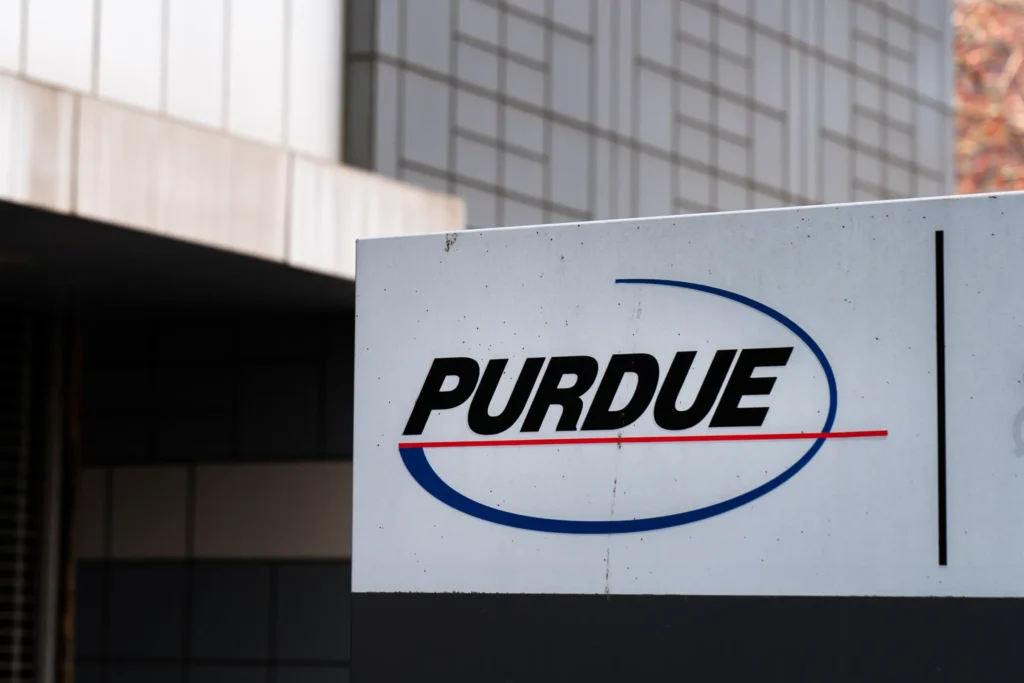
For context:
- A typical patient may require one to two tablets daily, meaning annual treatment costs could range from a few dollars per patient instead of hundreds or thousands.
- With three million tablets allocated for 2025, facilities could potentially treat thousands of incarcerated individuals for extended durations.
This level of affordability may encourage more facilities to adopt MOUD programs, expand eligibility criteria, and prioritize continuity of care as part of re-entry planning.
Public Health Significance
The initiative extends beyond correctional health—it is a public health intervention. When incarcerated individuals with OUD receive treatment, several ripple effects occur:
- Reduced overdose deaths post-release, easing burdens on emergency healthcare systems.
- Improved community safety, as treated individuals are less likely to return to illicit drug use or related criminal activity.
- Economic benefits, as lower rates of recidivism and reduced healthcare utilization translate into cost savings for states.
- Equity in healthcare, as some of the nation’s most marginalized individuals gain access to life-saving treatment.
By targeting a population that has historically been excluded from comprehensive care, Purdue’s program addresses a major gap in the U.S. response to the opioid crisis.
Integration Into Purdue’s Public Health Initiatives
The buprenorphine/naloxone distribution program is part of Purdue’s broader Public Health Initiatives, which focus on:
- Developing and distributing medications to reverse overdoses (such as naloxone formulations).
- Expanding treatment access for OUD.
- Partnering with healthcare systems, public agencies, and advocacy organizations to address systemic barriers.
Rhodes Pharmaceuticals, a wholly owned Purdue subsidiary, is responsible for distributing the medication under this initiative.
For Purdue, whose legacy is deeply intertwined with the origins of the opioid epidemic, these programs represent an effort to contribute constructively to solutions. Critics and public health experts alike will continue to scrutinize such moves, but the tangible benefits for correctional populations are undeniable.
Clinical and Safety Considerations
Because the initiative involves a controlled medication, Purdue also emphasized the prescribing information and safety warnings associated with buprenorphine/naloxone. Healthcare providers in correctional facilities must be aware of:
- Addiction and misuse risks—though safer than full agonists, buprenorphine can still be diverted.
- Respiratory depression risks, especially if combined with benzodiazepines, alcohol, or other CNS depressants.
- Potential pediatric exposure, highlighting the need for strict storage protocols in facilities.
- Neonatal opioid withdrawal syndrome (NOWS) when used during pregnancy.
- Dental health risks, as transmucosal products have been linked to tooth decay.
- Hepatic impairment considerations, requiring careful monitoring in patients with liver disease.
Additionally, the company highlighted the importance of pairing medication with counseling and psychosocial support, aligning with best practices for MAT.
The 2025 Expansion
By committing to distribute three million tablets in 2025, Purdue is not only scaling supply but also signaling a long-term investment in correctional health. Key goals for the expanded program include:
- Broader adoption: Encouraging more states and local jurisdictions to join MMCAP and implement MOUD programs.
- Continuity of care: Supporting discharge planning that ensures individuals leaving prison can continue treatment in community settings.
- Data collection: Generating evidence to evaluate program effectiveness, including overdose reduction, recidivism rates, and patient outcomes.
- Education: Providing training resources for correctional staff, clinicians, and patients on the safe use of buprenorphine/naloxone.
As correctional systems grapple with the dual challenges of healthcare delivery and public safety, initiatives like this one may serve as models for collaborative, cost-effective interventions.
The expansion of Purdue Pharma’s one-penny tablet program with MMCAP represents a noteworthy step forward in addressing the opioid crisis within correctional facilities. By making evidence-based medication-assisted treatment both affordable and accessible, the initiative directly confronts one of the most pressing barriers to care in prisons and jails.
With substance use disorder affecting two-thirds of incarcerated individuals and post-release overdose risk remaining alarmingly high, the availability of buprenorphine/naloxone treatment could be life-saving for thousands. Beyond saving lives, the program has the potential to ease the burden on healthcare systems, reduce recidivism, and promote community reintegration.
While questions remain about the broader role of pharmaceutical companies in the opioid epidemic, initiatives like this highlight the importance of public-private collaboration in crafting solutions. For correctional systems, healthcare providers, and public health leaders, the challenge now lies in ensuring that these medications reach those who need them most—and that treatment is integrated into comprehensive support systems for recovery.
As Purdue expands distribution in 2025, the initiative will serve as a real-world test of whether affordable access to MOUD in prisons can shift outcomes for one of the nation’s most at-risk populations. If successful, it could reshape expectations for correctional healthcare and stand as a critical example of how targeted interventions can save lives in the ongoing fight against the opioid epidemic.
